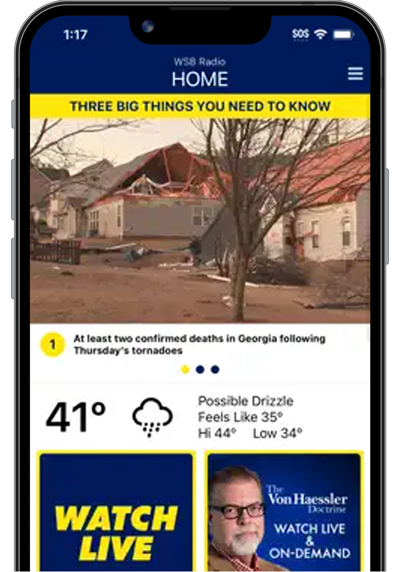You’re going to want to get up early for next week to catch a once-in-a-lifetime sight.
A newly-discovered comet will be seen for the first time in more than 400 years, The Associated Press reported.
Scientists said it last came this close to Earth about 430 years ago, or about 10 or 20 years before Galileo invented the telescope.
It is thought to have come from the Oort Cloud, or a distant area of our solar system, according to The Planetary Society.
The green-colored comet, named the Nishimura comet, was first spotted last month by the amateur Japanese astronomer Jideo Nishimura, who it is now named after.
It’s only about half a mile wide but will pass the closest to Earth — within 78 million miles of our home planet — on Sept. 12 and will be over the Northern Hemisphere in the next few days. It will be brighter as it gets closer to Sept. 12, but will be lower on the horizon, The Planetary Society said. You will probably not be able to see it after Sept. 13.
You’ll want to be ready to go about one and a half hours before dawn next week, looking toward the constellation Leo about 10 or fewer degrees above the horizon.
The comet is faint, but you can see it with the naked eye. However, you may want to grab something to help bring it more into focus, since “visible to the naked eye” means that it’s bright enough to be seen without aid but may resemble a smudge, the BBC reported.
“So you really need a good pair of binoculars to pick it out and you also need to know where to look,” Paul Chodas told the AP. Chodas is the manager of NASA’s Center for Near-Earth Object Studies.
You can also use a telescope to see the Nishimura comet, The Planetary Society said.
It will show up one last time around Sept. 17 before it goes off on its 400-year trip. It will be close to the sun, even closer than the first planet Mercury is, so there’s a chance that it could disintegrate, but Chodas said that “it’s likely to survive its passage.”
The comet will also be visible from the Southern Hemisphere later this month.

:quality(70)/cloudfront-us-east-1.images.arcpublishing.com/cmg/M2WZ3YWEEVARJNSKFTMNHXS3CI.jpg)
:quality(70)/cloudfront-us-east-1.images.arcpublishing.com/cmg/P3CK36ILV5GQ5JPCJJH2YXTH7Y.jpg)
:quality(70)/cloudfront-us-east-1.images.arcpublishing.com/cmg/ZQOODVIYBZCB3JKRS4GDPVFGVY.jpg)
:quality(70)/cloudfront-us-east-1.images.arcpublishing.com/cmg/KJSZBK26ABDWNDW7UVQSLDHWYQ.jpg)



